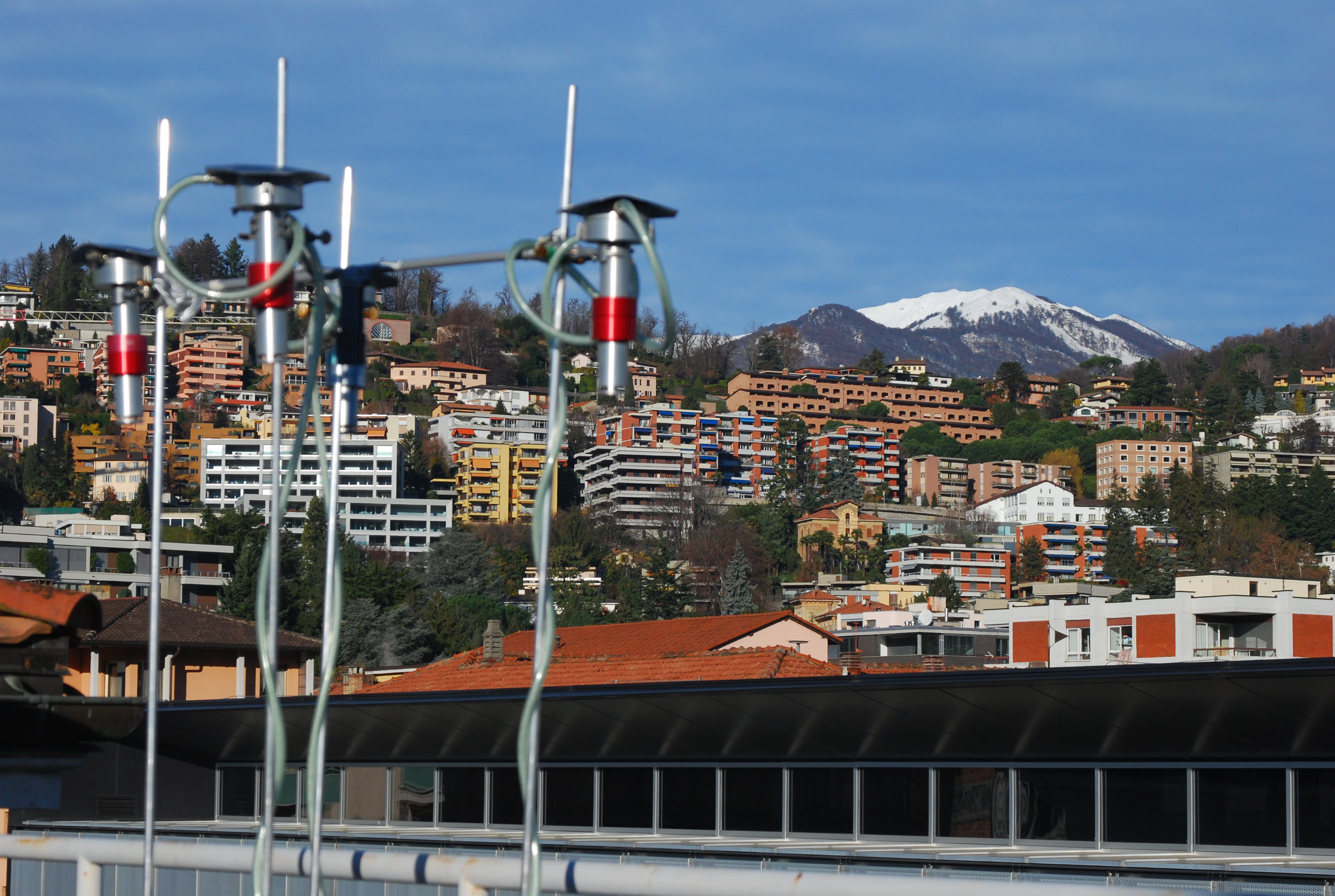
–Current note: The global coronavirus pandemic has drastically altered our daily lives. Air quality issues have jumped to the forefront of health concerns. However, not in terms of traditional air pollutants such as particulate matter, nitrogen oxides, carbon monoxide but in terms of biological threats, namely: SARS-CoV-2. Understanding how the virus survives and propagates through our environment is vital to knowing how we can best deal with its continued presence. In the meantime, it has become evident that the virus’s main mode of transmission is via smaller aerosol particles and not large droplets; therefore, to create healthy low virus concentration indoor environments, we need to monitor and control indoor air ‘freshness’ through measurements and relevant devices…
–As the virus becomes endemic, we are now at the cusp of a potential paradigm shift regarding respiratory diseases. Do we continue to accept the seasonal respiratory diseases as inevitable? or do we consider that (as we have for clean water and safe food) that healthy indoor air is something we also have a right to?
Despite significant improvements in air quality in the last decades in most developed countries, air pollution remains a serious problem. According to the World Health Organization, about 4-6 million deaths annually are caused by outdoor air pollution alone. In Europe, that amounts to half a million deaths annually. As individuals, this is often imperceptible as air quality hides itself well as an invisible burden on our health. Furthermore, poor outdoor air is often exacerbated by the indoor environment where we spend 90% of our time. As individuals, families and small groups, the indoor environment is where we can take action.
We offer a solution that will help you to not only understand your environment, but also to exert some control over your exposure for the benefit of your families, employees and customers. Please contact us if you are interested in improving your indoor air quality.